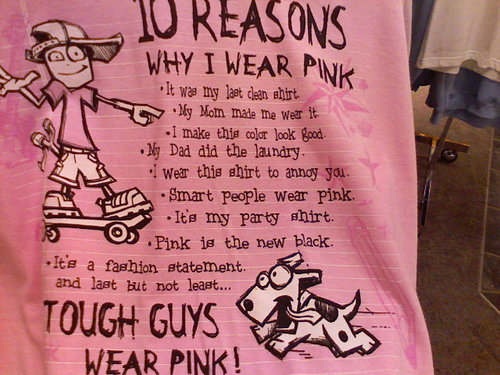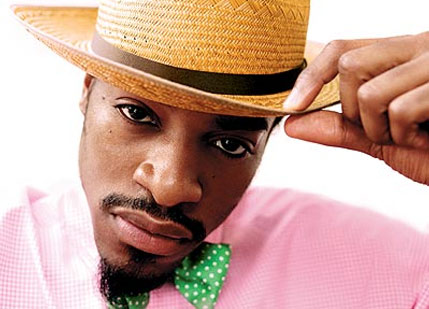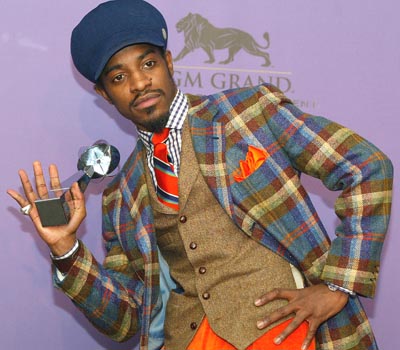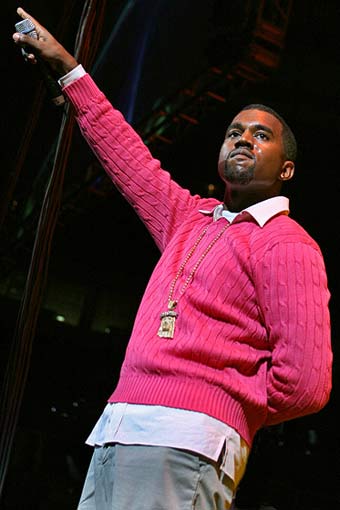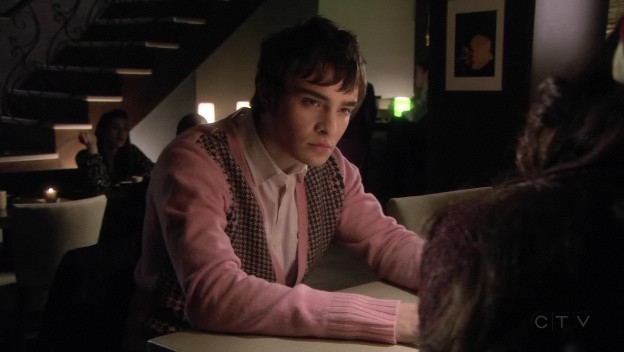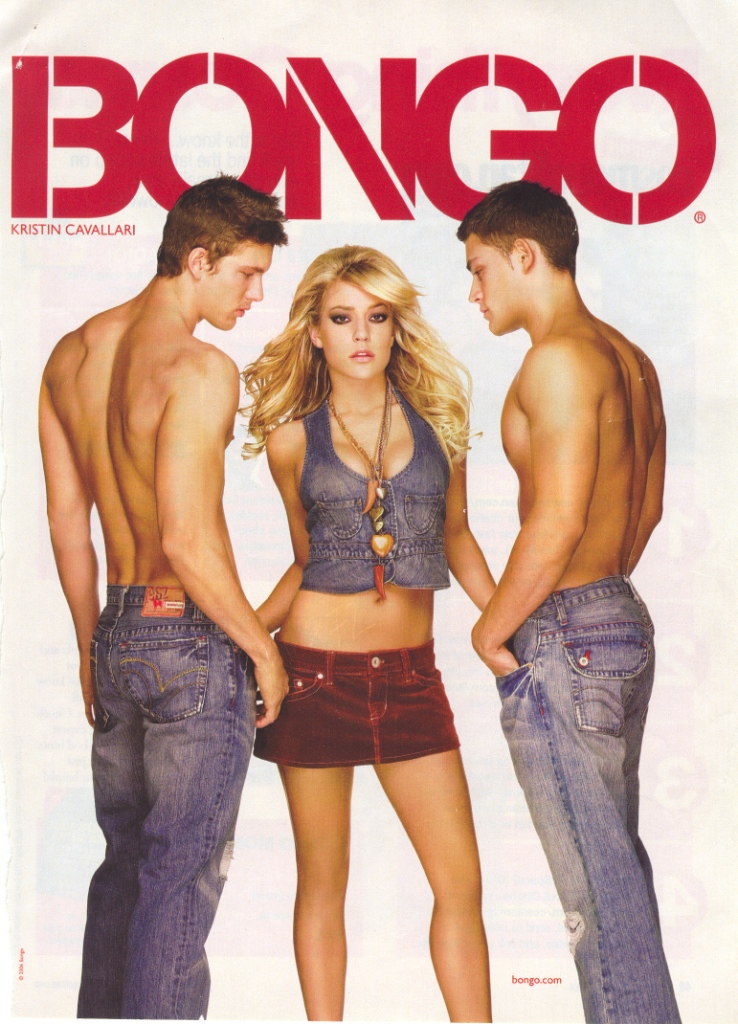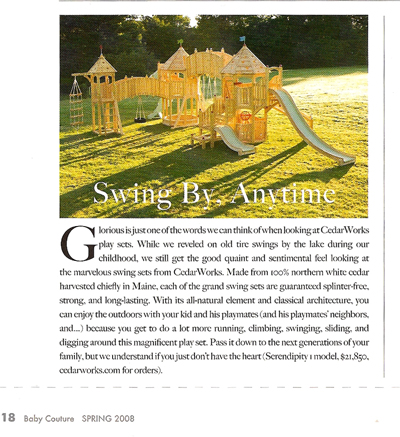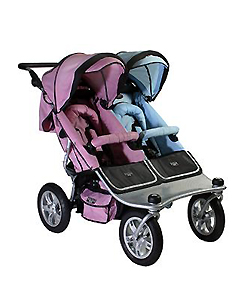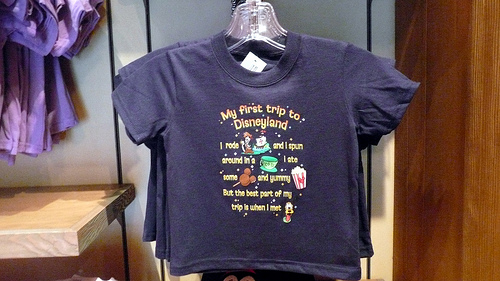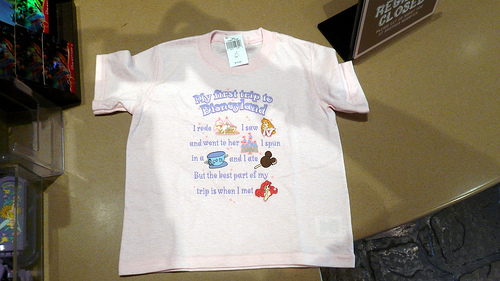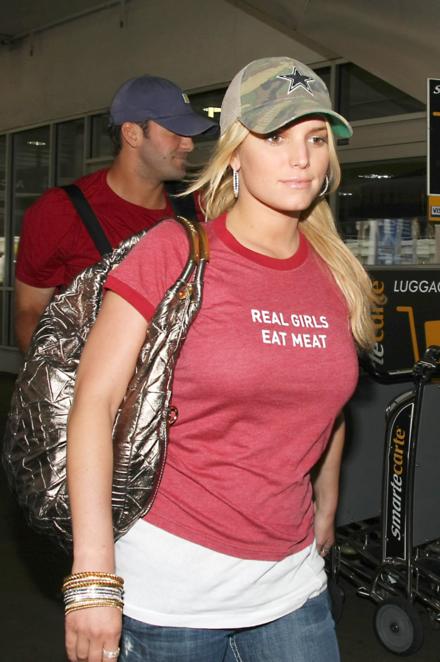When I think “sexy,” I tend to think of three things:
1. Soft candlelight
2. The music of Barry White
3. Automobile crash test research
Apparently, the people over at DSQUARED2 (which, by the way, comes out to D4 ) agree with me on the last one:
Good for discussions about objectification, driving safety, or that fashion photographers are finally starting to run out of ideas.

